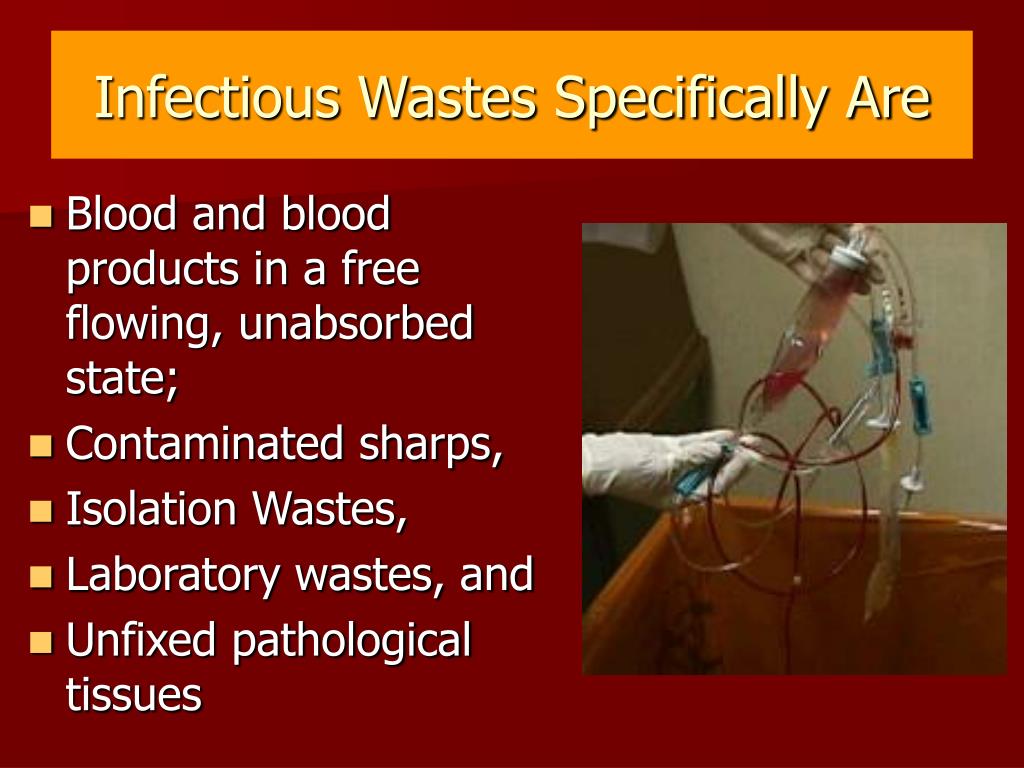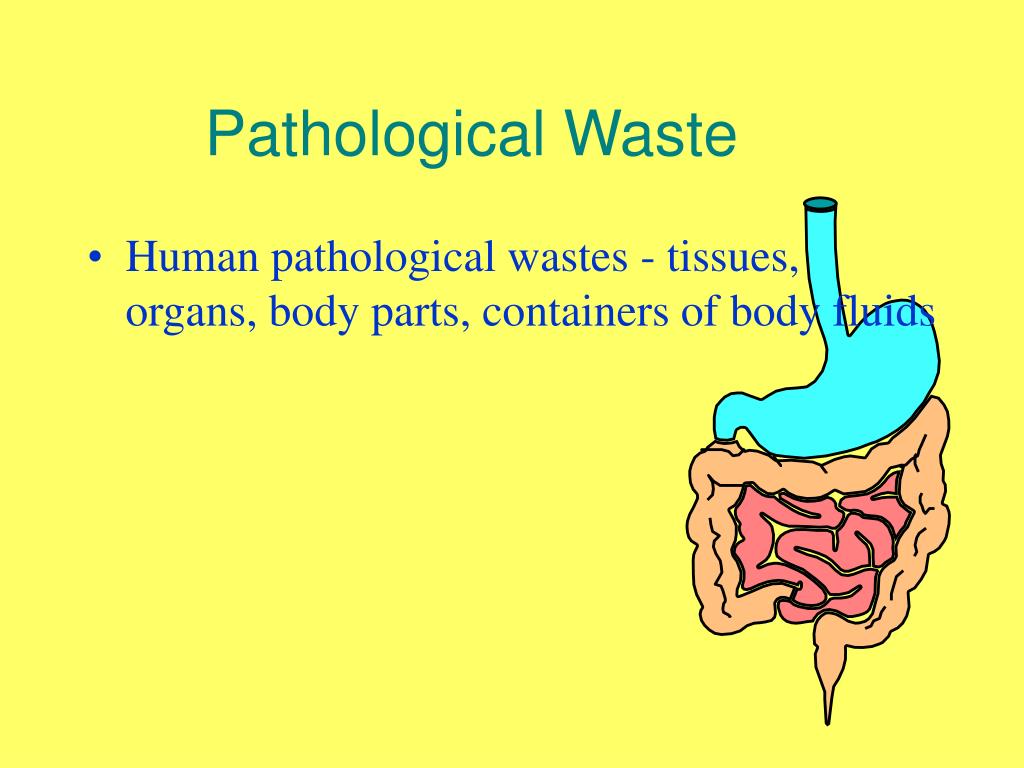

85% of all medical waste is deemed non-hazardous and general. That’s 33 lbs of waste per staffed bed every single day.īreakdown. hospitals create an estimated 5.9 million tons of biohazardous and other medical waste every year. The list below gives a quick overview of the topline facts around medical waste, including quantity, breakdown, dangers, and how the waste gets treated. Also called non-hazardous waste, this type doesn’t pose any particular chemical, biological, physical, or radioactive danger.įacts About Medical Waste Background Via FreeStockPhotos It can include cytotoxic drugs intended for use in cancer treatment. This is a highly hazardous form of medical waste that’s either carcinogenic, teratogenic, or mutagenic. These are disinfectants, solvents used for laboratory purposes, batteries, and heavy metals from medical equipment such as mercury from broken thermometers. It also encompasses antibiotics, injectables, and pills. This grouping includes all unused, expired, and/or contaminated vaccines and drugs. Human fluids, tissue, blood, body parts, bodily fluids, and contaminated animal carcasses come under this waste category. It can also consist of any glassware or other supplies contaminated with this liquid. This kind of waste generally means unused radiotherapy liquid or lab research liquid. Anything infectious or potentially infectious goes in this category, including swabs, tissues, excreta, equipment, and lab cultures. This kind of waste includes anything that can pierce the skin, including needles, scalpels, lancets, broken glass, razors, ampules, staples, wires, and trocars.

The list below displays the most common waste categories as identified by the World Health Organization. The broadest definition can include office paper and hospital sweeping waste. The term “medical waste” can cover a wide variety of different byproducts of the healthcare industry. In fact, office paper, sweeping waste, and kitchen waste from healthcare facilities are still technically medical waste, though they’re neither regulated as such nor hazardous in nature. The WHO categorizes sharps, human tissue, fluids, and contaminated supplies as “biohazardous,” and non-contaminated equipment and animal tissue as “ general medical waste.” The terms are used interchangeably, but there’s a distinction between general healthcare waste and hazardous medical waste. All of the terms below refer to waste created during the healthcare process that’s either contaminated or potentially contaminated by infectious material. Medical waste goes by several names that all have the same basic definition. Some examples are culture dishes, glassware, bandages, gloves, discarded sharps like needles or scalpels, swabs, and tissue.

The 1988 Medical Waste Tracking Act defined it as “waste generated during medical research, testing, diagnosis, immunization, or treatment of either human beings or animals”. Medical waste often contains bodily fluids like blood or other contaminants. Any waste produced in patient’s rooms with communicable diseases.Human or animal tissues created during procedures.Anything that is soaked in blood (gloves, gauze, gowns, etc.).Some actual examples of medical waste items generated by these types of facilities can include: That means waste generated by healthcare facilities like physician’s offices, hospitals, dental practices, laboratories, medical research facilities, and veterinary clinics all falls under the category of medical waste. What is Considered Medical Waste?īy definition, medical waste is any kind of waste that contains infectious material (or material that’s potentially infectious).

Because at MedPro Waste Disposal we aim to help providers like yours by answering your questions and providing solutions to your medical waste issues, we’re taking a look at the key concepts surrounding medical waste. It’s often complicated by other concerns like HIPAA compliance, epidemiology, potential civil litigation, and state and local regulations. Medical waste disposal is one of the biggest day-to-day challenges faced by healthcare providers.


 0 kommentar(er)
0 kommentar(er)
